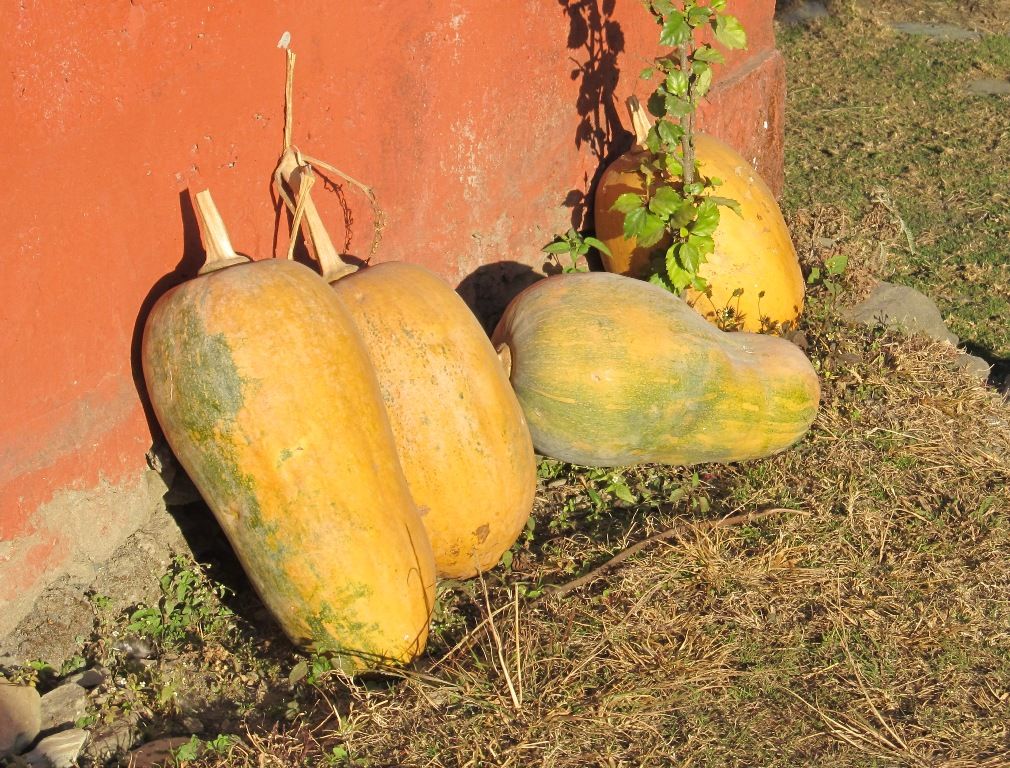Combatting Vitamin A deficiency: overcoming obstacles to optimize the food-based approach
Abstract
Food-based approaches to combat vitamin A deficiency (VAD) continue to be largely ignored by governments and donor agencies. This review deals with common misperceptions as well as constraints that may lay behind this reality. First, high-dose vitamin A capsules provided to preschool age children are no solution for VAD. Second, researchers may assume that it is not possible to standardize foods adequately to study their efficacy in controlled trials. This review summarizes the results of 57 such trials, providing an overview that may assist researchers in making decisions on target groups to study, types of food supplements to provide, quantities, supplementation periods, impacts that are realistic to expect, and sample sizes. Even more complex is to design efficacy trials or impact evaluations of interventions. Again, the paper reviews 40 such trials, providing summary information on approaches, target groups, sample sizes, periods of intervention, and impacts measured using a variety of indicators. There are a number of barriers or constraints that must be planned for and overcome if food-based approaches are to work. This paper reviews several of the most important ones, briefly touching on many of the most effective ways that have been found to overcome them. Food-based approaches can reach all members of the community, are safe for pregnant women, tend to be at least partially sustainable, and confer a wide range of nutritional and other benefits in addition to improving vitamin A status. Food-based approaches are sometimes described as expensive, but this is based on a narrow view. For example, biofortification and dissemination of sweet potatoes cost $9 to $30 per disability-life-year (DALY) gained, while that from VAS was estimated at the estimated cost effectiveness of VAS is $73 per DALY gained. From the community point of view, the economic benefits of food based approaches are likely to subsidize or outweigh their costs.

Authors retain all copyrights. In making a submission to World Nutrition, they are certifying that all material is theirs except quotations, as indicated, and that they have obtained permission for any photos, tables, or graphics taken from other publications or websites.




